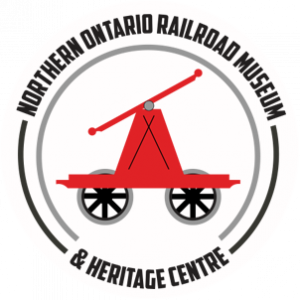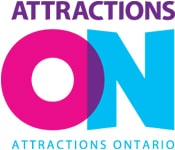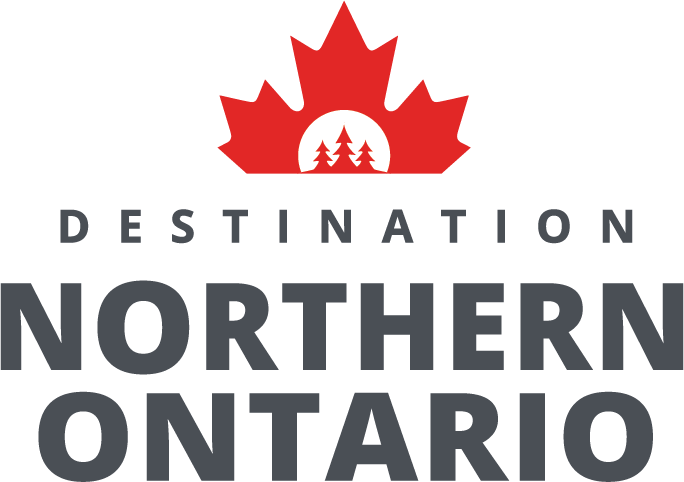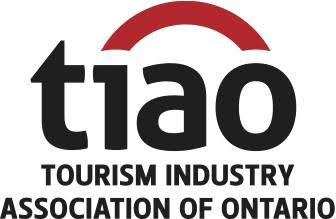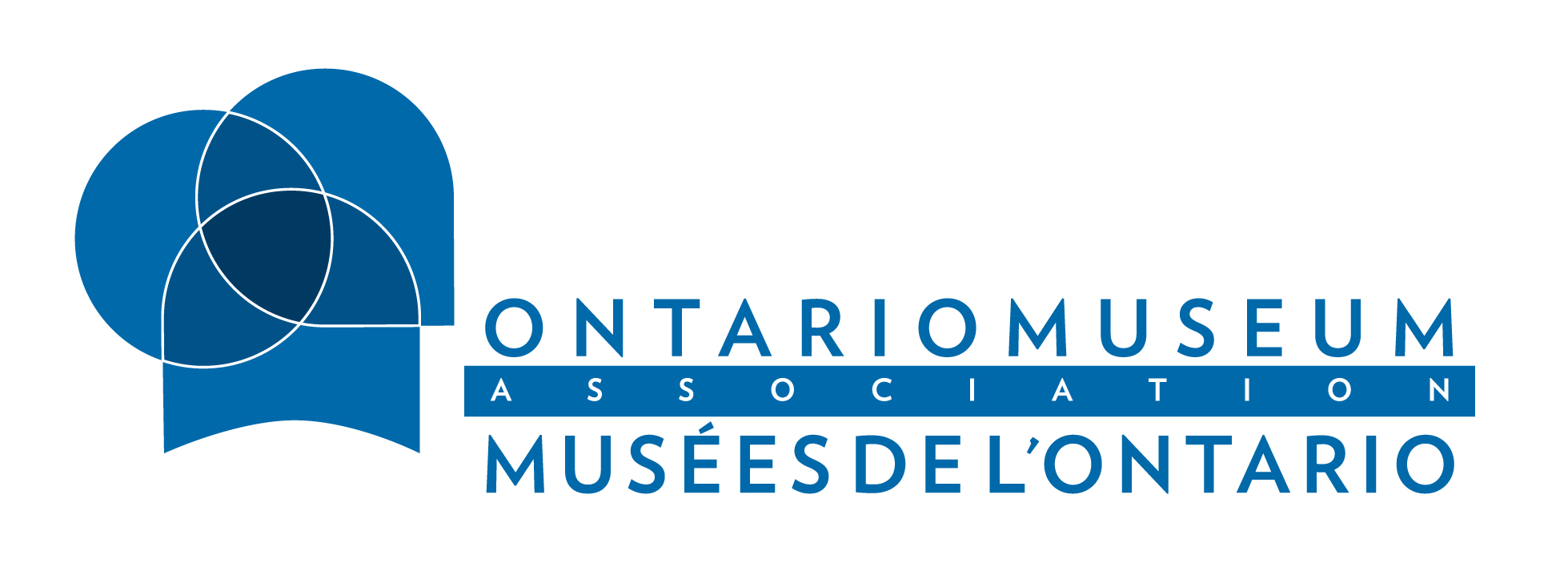Prescott Park
Explore Prescott Park and its unique collection of rolling stock reflecting railway operations in northern Ontario.
Did you know a lifetime membership is only x amount more?
Compare
Family of 4 membership: $50.00
Adult Day Pass: $17.00
Seniors / Students: $13.50
Youth 5 to 12: $8.00
Children under 4: FREE
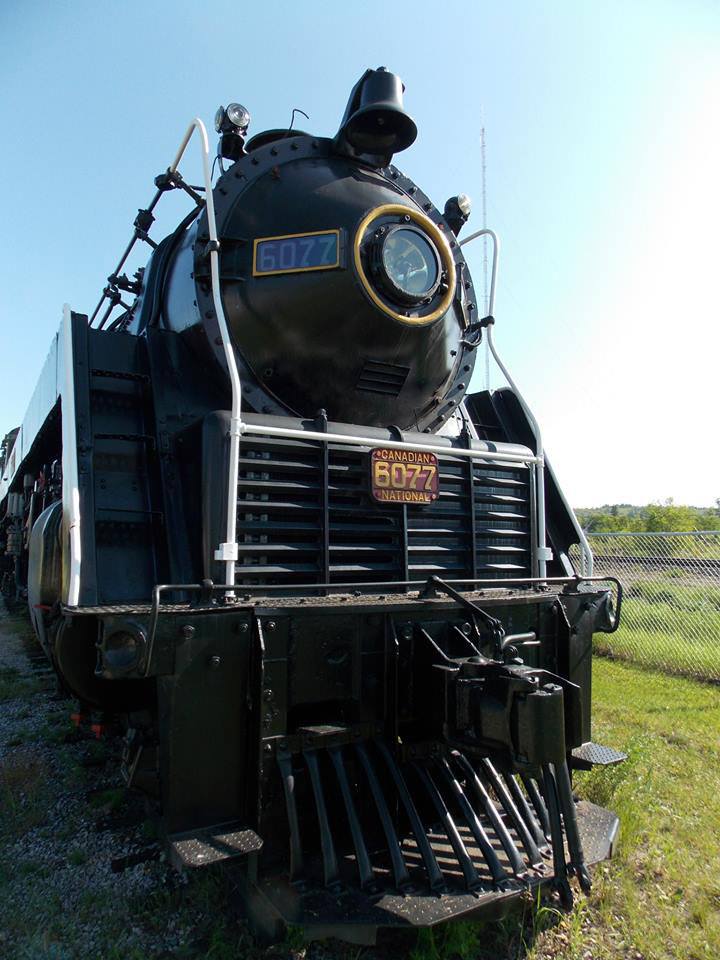
Canadian National Railways #6077
The #6077 was on a scrapping line in Transcona, Manitoba when it was donated to the town of Capreol in 1967. Built in 1944 by the Montreal Locomotive Company, it was one of twenty “mountain” type locomotives numbered 6060 to 6079, and among the final steam engines purchased by the CNR prior to dieselization.
It was used chiefly for passenger and freight-service, usually running between Toronto and Winnipeg, and between Winnipeg and Montreal.
The 6077 has a 4-8-2 wheel configuration referring to the four leading wheels, eight driving wheels, and a two wheel trailing truck located under the cab. The engine’s six-foot driving wheels traveled 21 feet with every turn. It weighs 320 tons, is 93 feet long and 15 feet high. The Vanderbilt-type tender holds 18 tons of coal and nearly 12,000 gallons of water helping the locomotive attain a top speed of 125 miles per hour.
The conical nose gives #6077 a streamlined appearance, helping it obtain the nickname of “Bullet-Nosed Betty.”
Temiskaming and Northern Ontario Railways #219
TNO #219 was acquired by NORMHC in July, 2012 from the Ontario Northland Railway. Built by the Montreal Locomotive Works for the Temiskaming and Northern Ontario Railway in 1907, the unit was originally numbered #119 and was renumbered during the mid-1930s.
The #219 was sold to Normetal Mines in 1938 before returning to Ontario in the mid-1970s to be used as an excursion train service north of Kapuskasing. The excursions were to be offered by ACMIES Ltd until the untimely death of the owner Ron Morel. At that time, ownership of the locomotive was transferred to the Ontario Northland. The Ontario Northland considered refurbishing the locomotive themselves but the cost proved to be prohibitive. The locomotive was temporary stored inside the diesel shop until space was no longer available and it pushed out into the yard. The #219 remained in the yard for several years before it was put up for bid in 2012.
After securing cooperation from Canadian National Railway, Canadian Pacific Railway, the Ottawa Valley Railway and the Ontario Northland Railway, the locomotive was transferred from Cochrane, Ontario to Capreol on a specialized flatbed car courtesy RailTrans Services. Once in Capreol, the locomotive was trucked by float from the Capreol Yard to the museum officially arriving in Prescott Park on April 8th, 2014. The locomotive was restored and unveiled during the town of Capreol’s centennial in 2018.
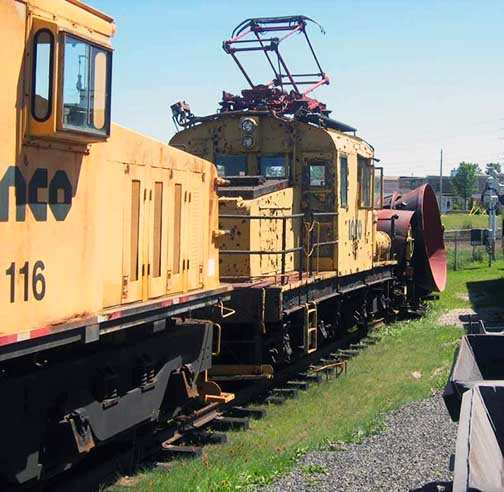
INCO Electrics #101 & #116
International Nickle Company (INCO) Electric #101 was built by Westinghouse & National Steel Car in 1919, Serial No. LE-27; 50 ton type. Formerly owned by the Hydro-Electric Power Commission (Ontario Government), the locomotive was used on the Queenston (Niagara) “Chippewa Project.” It was acquired by INCO in July of 1926 and retired in 1998 before being donated to the Northern Ontario Railroad Museum and Heritage Centre.
INCO Electric #116 was built new for INCO by General Electric in December of 1948, Serial No. 29128; 100 ton type. The engine was rebuilt in 2000, a year before its retirement. Both locomotives were placed on display in Prescott Park in 2007.
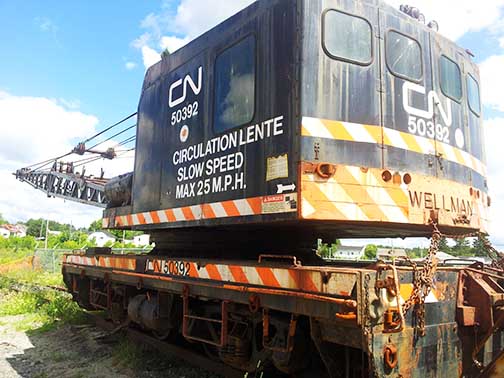
Canadian National Railways Auxiliary Crane #50392
CNR #50392 was purchased by Canadian National Railways in 1957. After a brief stint in Quebec, the crane was transferred to Ontario in 1958. Hite Services purchased the crane in 2001 and sent it to Carbondale, Illinois to work with the Illinois Central Railway. The unit returned to Canada and was donated to the Northern Ontario Railroad Museum and Heritage Centre by Hite Services on October 31, 2013.
The unit had a travel speed of approximately 15 miles per hour. It is equipped with electrical travel generators and motors and air controls for rotating, hoisting and boom operations. Its working weight is 210,000 pounds, has a rotating speed of 2 RPM and a hosting speed of 200 FPM.
Slag Pot Car
The car was originally donated by INCO to the Big Nickel Mine for display (now Dynamic Earth) before it was moved to Science North in Sudbury. Deemed surplus, the car was eventually donated to NORMHC and placed on display in Prescott Park as an integral piece of the museum’s mining collection. This slag pot car was used to carry slag, a waste product from the smelting process as part of INCO’s Copper Cliff operations.
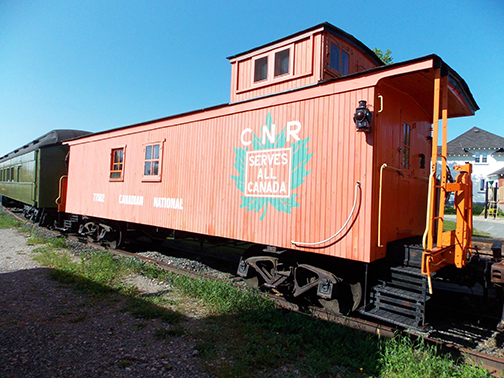
Canadian National Railways Caboose #77526
Canadian National Railways #77526 is the museum’s oldest piece of rolling stock and was built of wood in 1897, likely as a box car. It is distinctive in that it is approximately 4 feet longer than the standard CNR wood-sheathed caboose. It is painted “Morency Orange” and has a green leaf with the “Serves All Canada” slogan. The caboose arrived in Prescott Park in 1969 replacing wood caboose CNR #78405 due to its deteriorating condition.
Canadian National Railways / INCO Caboose #79231
Caboose #79231 was built by Hawker Siddeley in Trenton, Nova Scotia in 1967. In 1991, it was sold to local mining giant INCO as an auxiliary car for its transportation department with the intention of using it to store re-railing equipment and materials for major derailments. By 1998, the car was deemed surplus and it was donated to NORMHC. It was stored at National Railway Equipment shops in Capreol until 2007 when funds were finally secured to transport it to Prescott Park for display. The caboose is displayed without its CNR logo depicting how it would have resembled in service with INCO.
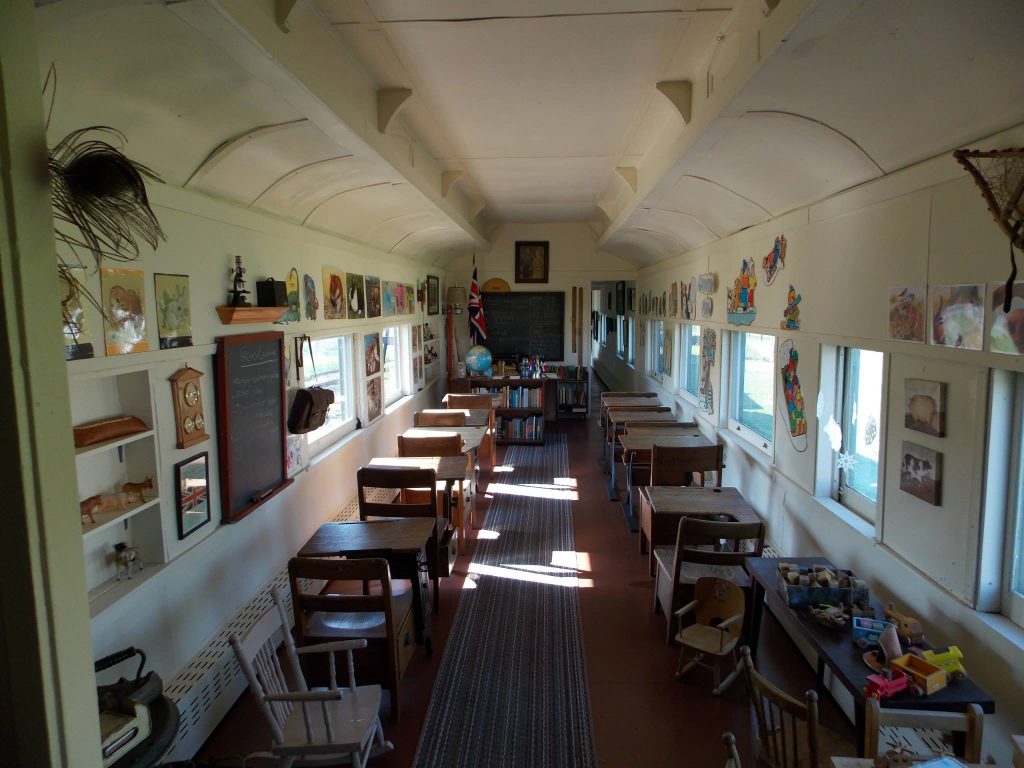
Canadian National Railways Rules Instruction Car #15019
This car was originally built by Pullman Standard in 1912 for the ICR and named “Stratacona.” Originally it was built as 10-2 sleeper and operated in passenger service. It was later configured as a rules instruction car, used to train railway workers.
J.G. Madigan, one of the instructors, taught in this car. In one half of the car were his living quarters, complete with kitchen, bedroom, dining room, living room and bathroom while the classroom was located in the other.
As a Rules Instructor, he moved through the district testing the qualifications of the operating employees and instructing them on any changes made in the rules as set down by the governing Board of Transport. The safe operation of the railroad was first priority. Employees were tested every two years and had to achieve a 90% score to pass. If they failed, they could be taken out of service.
After its service as a Rules Instruction Car was no longer required, it was renovated and used as a public library in Gogama, Ontario. In the early 1980s the Town of Capreol acquired and restored the car for Prescott Park, where it is currently on display as a replica School Car.
The School Car program in northern Ontario was a joint venture between the Ministry of Education, the Canadian National Railway, the Canadian Pacific Railway and the Ontario Northland Railway. School cars were actively operating in northern Ontario from 1926 until 1967. CNR School Car #1 ran out of Capreol for 41 years.
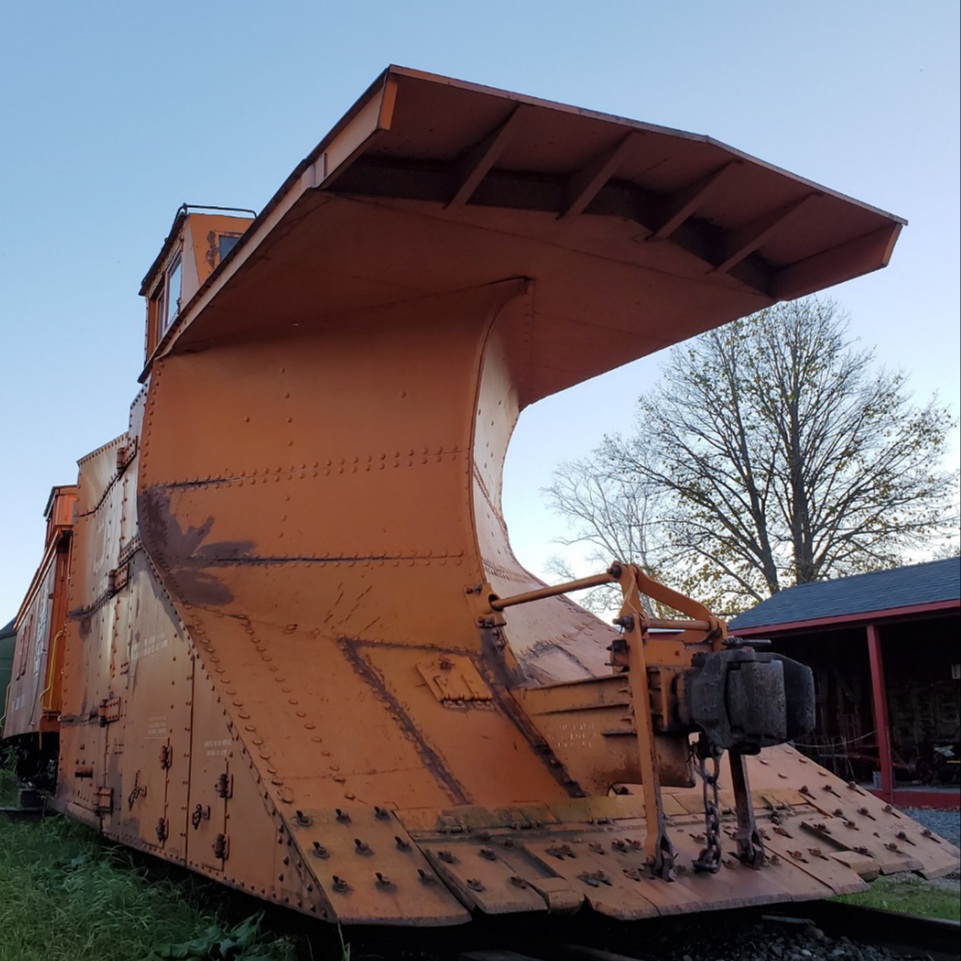
Canadian National Railways Snow Plow #55208
The car was originally built in 1924 by the Eastern Car Company. This snow plow is a single track wedge plow with wings. It is operated by compressed air from the brake system with wings that are air operated. When in operation, the plow would be placed in front of a locomotive to clear snow with its wings extended. The wings would be retracted when approaching rail crossings or other hazards.
Canadian National Railways Baggage – Warehouse Car #60049
The car was built in October 1953 by National Steel Car (BE-73-G). Its first identity was CNR Baggage 9192. In 1974, it was re-numbered #8110. It was re-numbered again as CNR Service #60049 and used as an auxiliary train cable car. A distinctive cut out in the cars exterior shell was used to store cable reels for crane equipment.
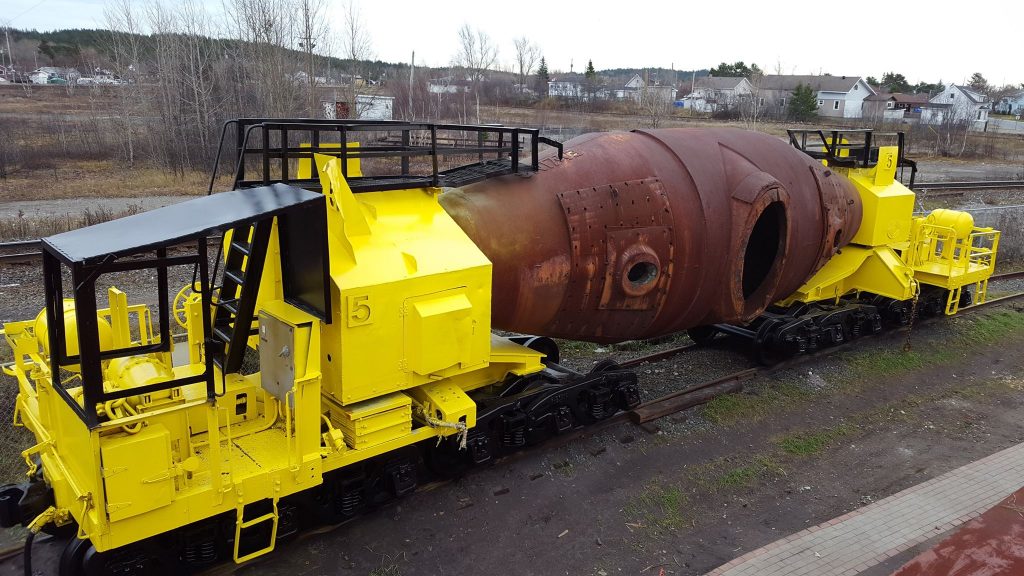
INCO Hot Copper Car #5
The 260,000 pound car was originally donated to the museum by Vale (formerly INCO) in 2011, several years after the closing of the Copper Refinery. Acting like a giant thermos, its purpose was to transport molten copper from the Smelter Complex to the Copper Refinery traversing the Trans-Canada highway in the process.
Rob Fleming, an employee with Vale, was determined to see the piece preserved and spent years playing “hide and go seek” with the mammoth car around Vale’s property ensuring that it remained out of the way of regular operations until its transportation to Capreol could be arranged.
In 2016, the museum completed a full restoration on the unit made possible by a significant donation from Atlas Copco Canada and support from numerous local partners. The museum has re-attached the unit’s safety cabs and catwalks and outfitted the car in INCO’s historic safety yellow paint scheme.
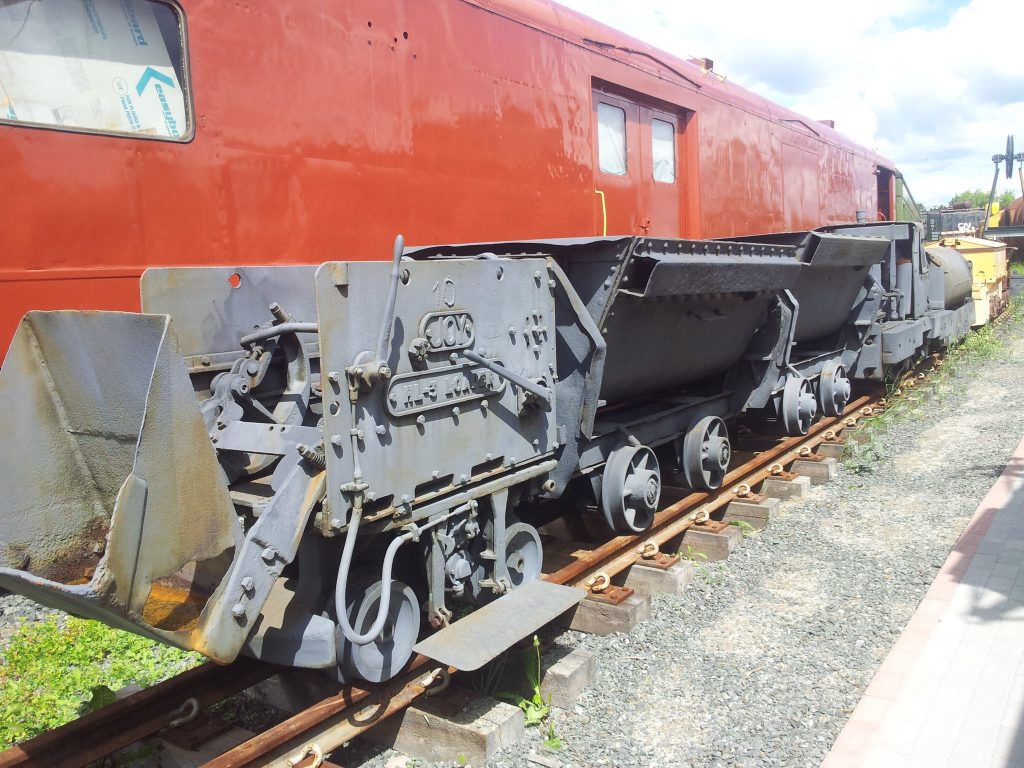
Underground Mining Equipment
Prescott Park is also home to a unique collection of smaller, underground railway equipment that was once in service with Falconbridge Ltd.
The exhibit boasts mucking machines, ore cars and a number of different locomotives.
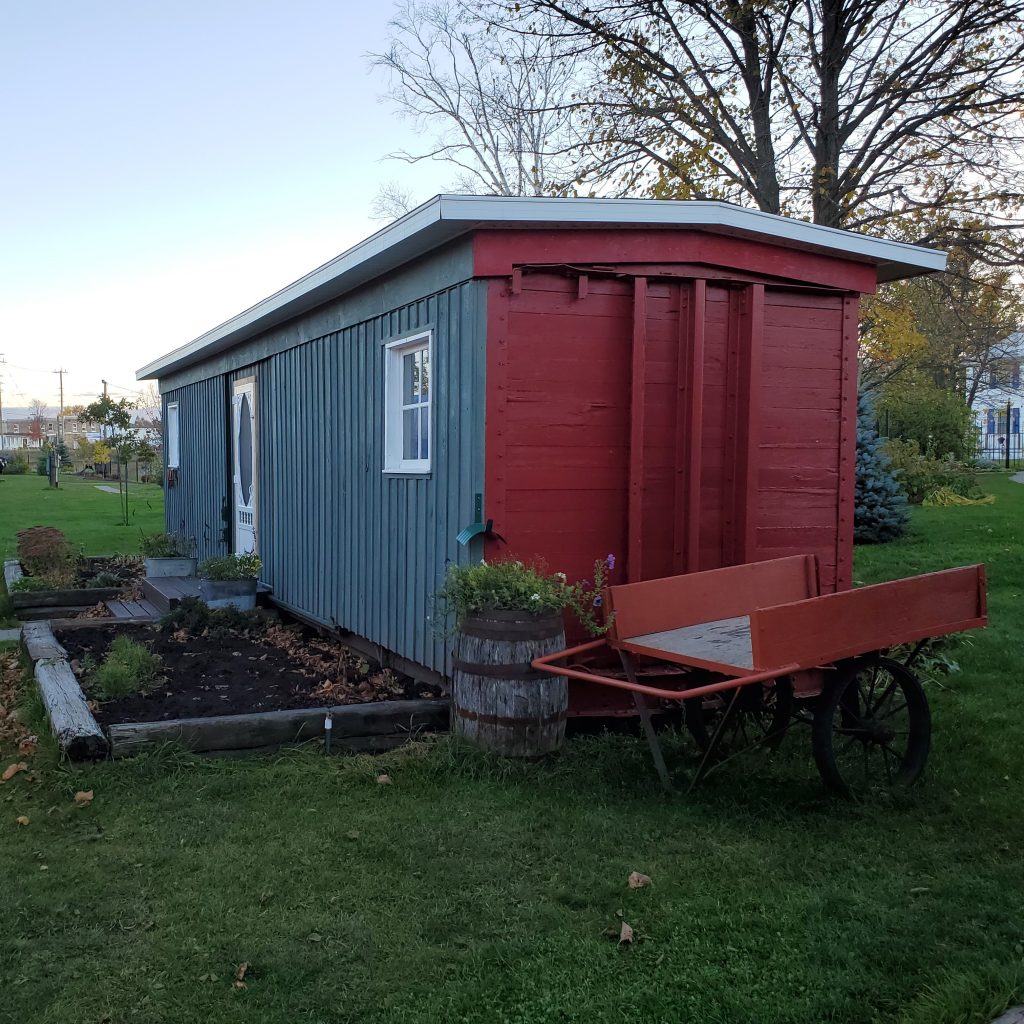
Boxcar House
To address housing shortages in railway communities, it was often common practice for railway companies, such as the CNR, to provide workers with boxcars that could be converted into homes.
Several of the older homes in Capreol began as boxcars and some of them are still distinguishable today.
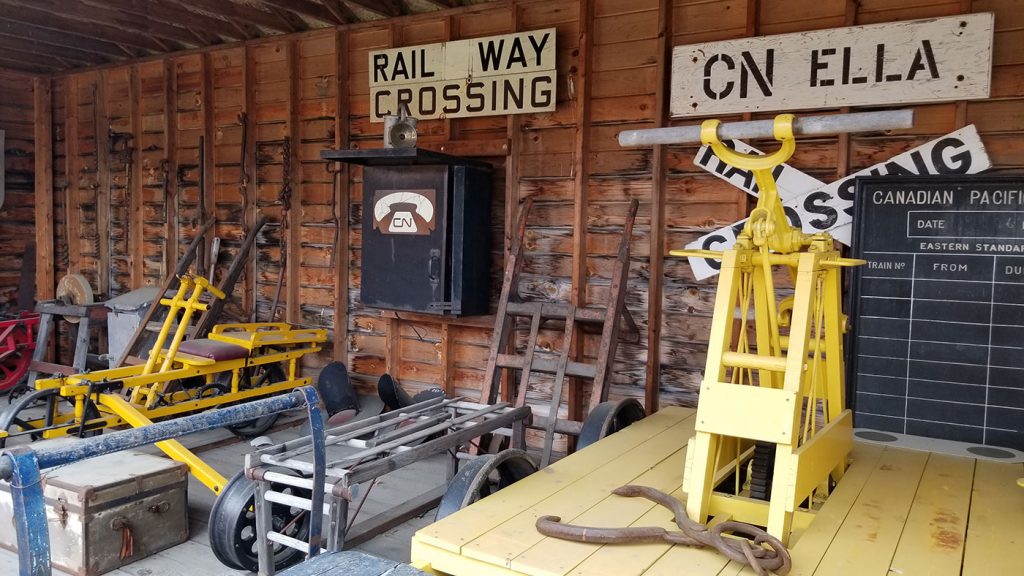
Section Man Shed
Section men were intregral to the ongoing operation of the railway providing the necessary maintenance to keep trains running.
The display showcases a number of maintenance-of-way equipment such as handcars, velocipedes and speeders.
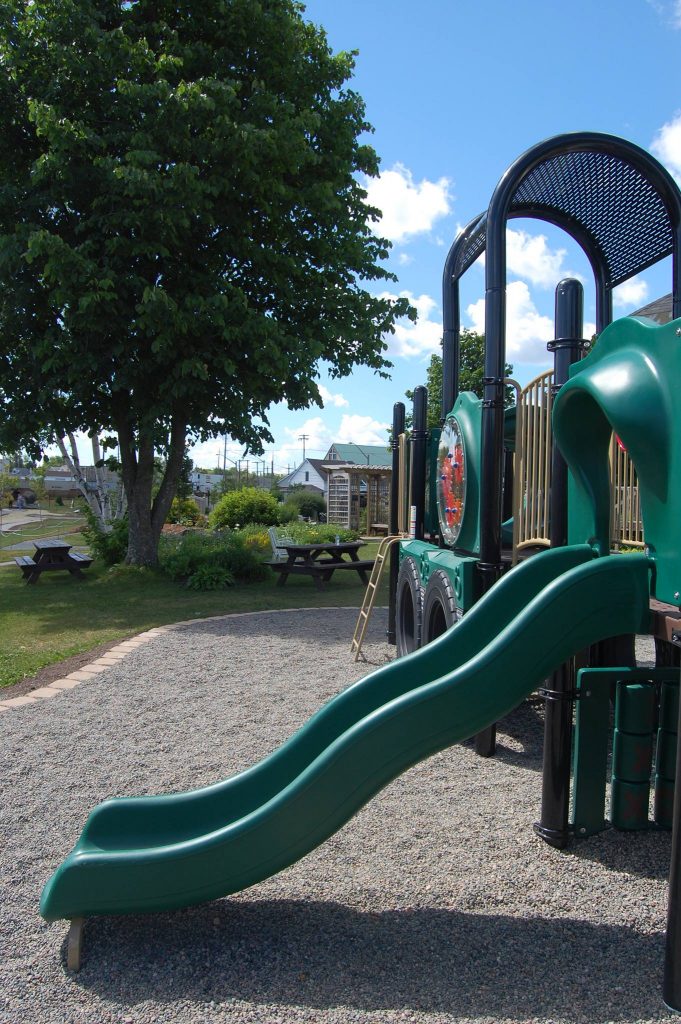
Little Tikes Steam Locomotive Playground
Located behind the museum house, the Little Tikes Steam Locomotive playground provides the smallest of railway engineers the opportunity to climb aboard and explore.

Associations
Your content goes here. Edit or remove this text inline or in the module Content settings. You can also style every aspect of this content in the module Design settings and even apply custom CSS to this text in the module Advanced settings.
Website developed in partnership with Destination Northern Ontario and FedNor
